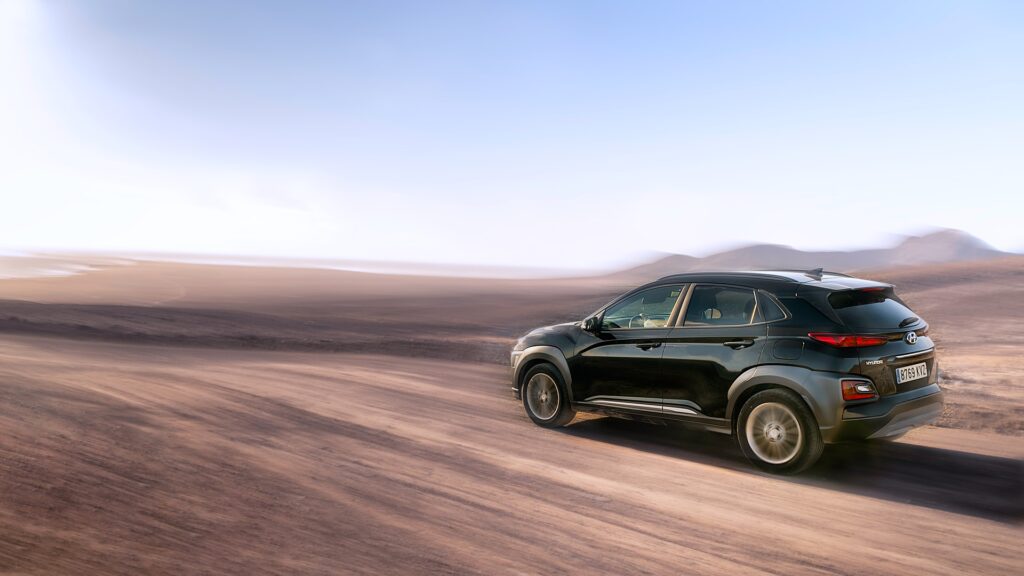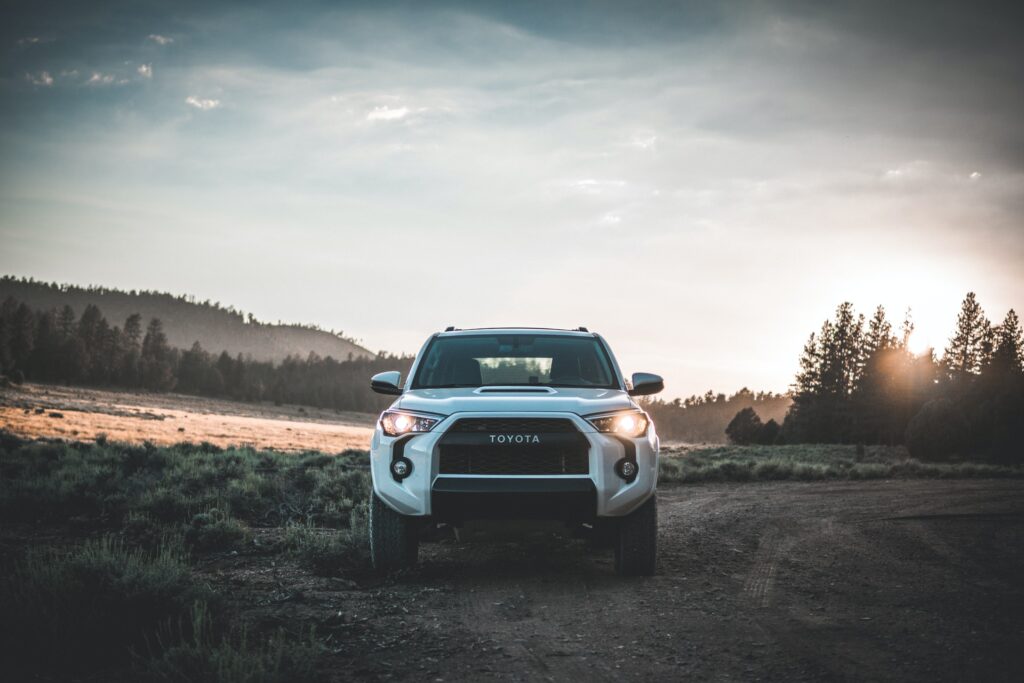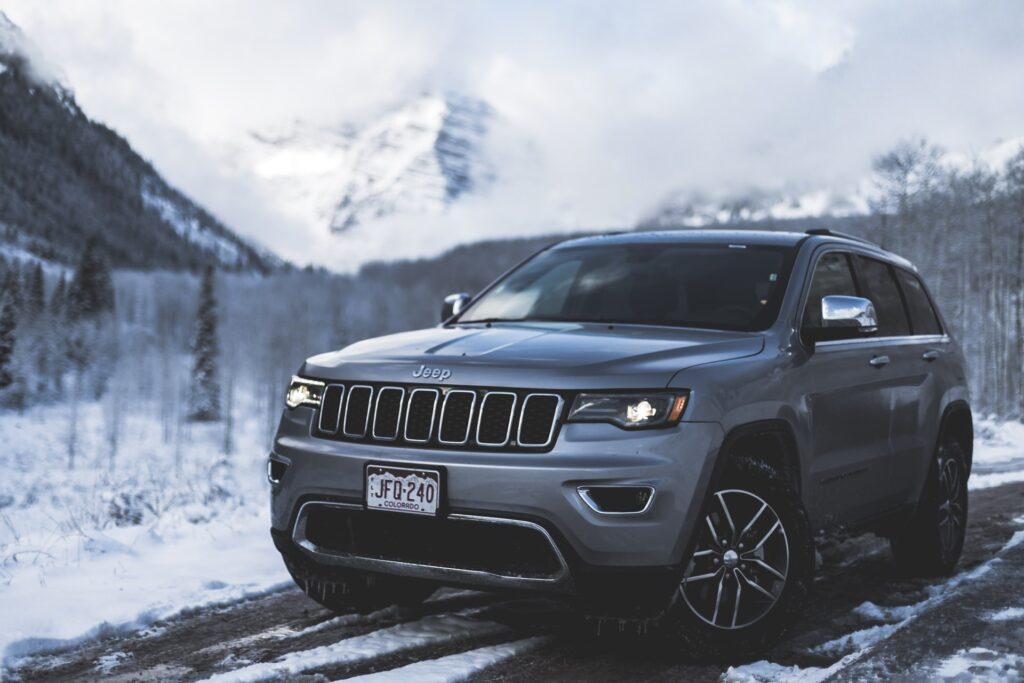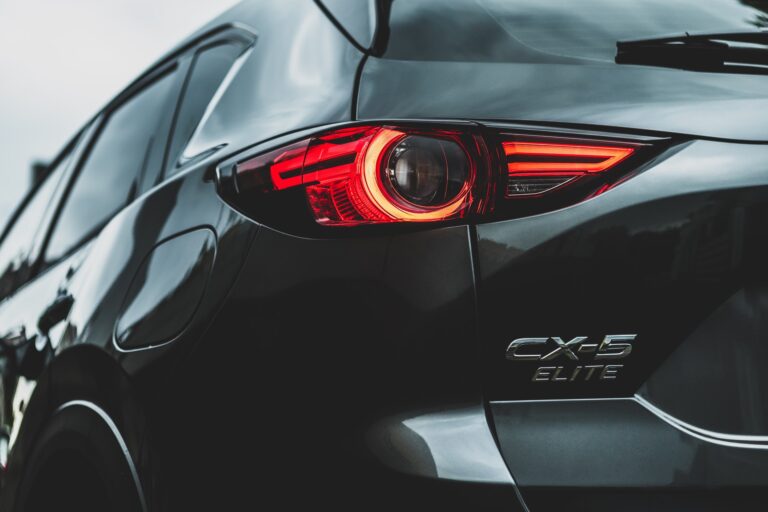Front-wheel drive is standard on most new vehicles, but all-wheel drive isn’t limited to premium SUVs. Every driver has its own driving habits, and the overall performance of the vehicle also differs depending on the specific driving habits of the person in front of the wheel, but there is also a debate about whether FWD or AWD is better for quite some time now. Among all other questions, the fact that All-Wheel Drive is an upgrade that you can get on many saloons and hatchbacks also comes in handy, as it means how this change from one to another is more than possible, but one question emerges, and that’s whether it’s worth the thousands of dollars it will cost you?
We look at how the two drivetrains are different and which one is better for your needs and driving style.
Front-Wheel Drive
Front-wheel drive (FWD) refers to a vehicle configuration where the engine and transmission drive the front wheels instead of the rear wheels. The vast majority of small cars, hatchbacks, and midsize SUVs, such as the Mazda CX-5, have front-wheel drive.
The engine transfers all available torque to the front wheels in front-wheel-drive vehicles. The vast majority of the vehicles we can see on the road today are FWD, which is nothing strange as this type was standard practice for most vehicles that started in the seventies, and before it, most of the cars were RWD.
Benefits of FWD

Affordable
Because a front-wheel-drive system has fewer moving components, production and installation costs are reduced, resulting in a lower price for the consumer. In addition to paying less at the dealership, you also spend less on yearly maintenance, which can be a huge investment every year for the older models. A front-wheel-drive car will cost considerably less than an all-wheel-drive variation for the same model and year just because of this specific. Of course, this trend is going to change at one point, meaning that AFD will become much cheaper, but for now, FWD is much more affordable.
Better Fuel Economy
Once again, just from the economic aspect, the fact that an FWD is lighter than rear-wheel drive and all-wheel drive affect the SUV’s fuel economy. Given identical specs or features, front-wheel-drive vehicles will achieve greater fuel economy than all-wheel-drive and rear-wheel-drive vehicles.
The lack of separation between axle assemblies and gearboxes decreases weight and makes the design simpler with fewer components. The economy is why front-wheel-drive is standard in inexpensive and entry-level vehicles. Overall, you will not have to spend as much on fuel, as its fuel consumption is more affordable.
Safer Drive in Bad Weather
A front-wheel-drive vehicle is better suited for challenging terrains and adverse weather conditions, which might not interest everyone, but those fond of challenging terrains look at this aspect quite much. Snow and rain are better suitable for front-wheel drive vehicles. In rear-wheel drive, the rear wheels propel the car forwards. With front-wheel drive, the vehicle’s front wheels propel it forwards, which is easier.
Disadvantages of FWD

Problems With Handling and Speed
Because the front of a front-wheel-drive vehicle is heavier than the rear, handling may be challenging. There are no front-wheel-drive sports cars or vehicles that must be driven at significantly high speeds.
If the vehicle is overly heavy owing to its load or must be driven swiftly, the handling will be complex. It means that maneuver is limited, which is not something most driver wants.
Weaker
A design with front-wheel drive is more vulnerable, and the torque steer is a significant issue. Additionally, the constant velocity joints and half shafts are more susceptible to breakage. No one wants their SUVs to be vulnerable, and even though this might not be as huge of a problem, for many, it really is.
Even if you don’t have to replace them and lubricate them sometimes would suffice, there is a larger danger of damaging the shafts and joints than rear-wheel drives.
All-Wheel-Drive
All-wheel drive (AWD) is a mechanical system in which the power (torque) generated by the engine is transmitted to all four wheels. This skill is crucial whether the roads are wet, slick, icy, or if it is a combination of these conditions.
In addition, since the engine drives all four wheels directly, a platform with all-wheel drive will be able to accelerate more quickly on dry pavement and with more assurance on less-than-ideal road surfaces, which grants reaching higher speed in less time.
Benefits of an AWD

Better Traction
The primary reason consumers pick all-wheel-drive cars is for improved grip in slick or wet road conditions. When a wheel loses traction, the SUV could lose control. By co@nstantly sending power to the wheels, the likelihood of a vehicle skidding is drastically minimized.
Enhanced Cornering
It is unusual for SUVs to lose control while negotiating a turn, even on dry roads, and in slick circumstances, a loss of control may occur while turning a curve because the wheels slide as the vehicle changes direction. A car with an all-wheel drive will keep the wheels moving and in touch with the road.
Disadvantages of an AWD

Driver Overconfidence
An all-wheel drive is a tool available to the driver; if someone is driving an AWD on a wet road, they must still allow the vehicles in front of them sufficient room.
No all-wheel-drive technology will allow a car to stop more quickly in adverse road conditions. People may place excessive confidence in this technology.
Difficulty
All-wheel-drive systems are somewhat complicated. Compared to simpler systems like the front- or rear-wheel drive, the cost might escalate rapidly if this system develops an issue that needs maintenance.
As long as an owner performs routine maintenance, the likelihood of an all-wheel-drive system failure may be minimal.
Final Thoughts
Whether you want FWD or AWD and believe that one is superior to the other, the decision boils down to personal taste. New vehicles have never been this exceptional in safety and all-season traction. When deciding between AWD and FWD SUVs, practically every brand and price range offers excellent options to suit your pocket and tastes. That is why before making any decision, you should definitely consult the professionals like CarExpert, and get all the info and a detailed review of the latest models.

